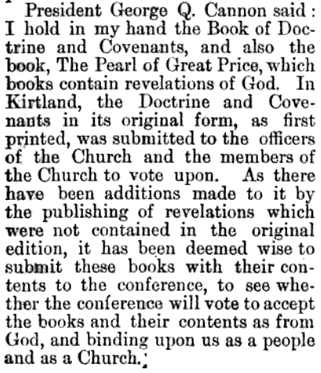In the first volume of William Kelly Simpson's Festschrift,
Betsy Bryan writes that, "Although in most cases inscriptions are read in concert with the objects on which they are placed, if they are considered separately it may be possible to identify two distinct messages comprehended by different audiences." She is referring to divergent interpretations of art apart from its related text. Referring to Anthony Leahy's discussion of a stela from Abydos, she suggests that "Due to the hieroglyphic readability of both writing and art, some elements of both were often mixed in monumental settings," and then explains that, "The mixture of hieroglyphic forms with artistic compositional principles on this Abydos stela's lunette scene would therefore have been readable: not as to the specific royal names, but rather as to the iconographies of king and divinity as well as the meaning of their placements and gestures."
1 She continues discussing the stela and notes that the text dedicates the area to
Wepwawet, and thus the "lunette's message of royal association with Wepwawet in a processional form was background for the inscription itself." She continues, "For those who could read, however, the message was quite different from that of royal association with Wepwawet and involvement with the Abydene mysteries."
2
Bryan continues by noting that, "Ultimately text and image speak to two distinct audiences with the appropriate message of royal display and power. Egyptian art communicates without text and with it. Although it often does, art does not necessarily coincide with text in the meaning it conveys. Nor, then, does text in monumental uses, necessarily purely caption the art, as most writers have argued it does. Rather, art may provide a different version of the same subject expressed in accompanying text."3 Her discussion is exemplified by the monumental stela referred to, but her point is illustrative of this disjunction in art and text generally. "Although many Egyptologists might conclude that the uncomplicated nature of the relief story underscores the dependence of art on text, it is more likely an illustration that Egyptian art was directed at more than one constituency, depending on whether the text was to be read or not."4
In concluding her arguments, Bryan asserts:
"It is a significant point in this example that the small number of elites who could read would not have interpreted the monuments of Ramesses II in the same way as the vast public. For this last group the temples were in any case distant and restricted centers of authority, royal and religious. Nonetheless a complete message was communicated to both audiences. We cannot estimate with any certainty the degree to which the owner of a monument depended on the separate and combined messages of art and inscription. We are safe, however, in assuming that all those who viewed a monument did not take away the same message....Indeed, this dissonance in text and image can be found on nearly every inscribed object and must assert that the function of text with image was other than caption or explication."5
While she is primarily referring to literate and illiterate Egyptians, she articulates that, "Nonetheless a complete message was communicated to both audiences." How might this apply to the Joseph Smith Papyri? Is it possible that the vignette (Facsimile 1) could have more than one interpretation based on the accompanying text(s), or literacy of the reader?
______________________
1 Betsy M. Bryan, "The Disjunction of Text and Image in Egyptian Art," Studies in Honor of William Kelly Simpson, Vol. 1, Ed. Peter Der Manuelian (Boston: Museum of Fine Arts, 1996), 161
2 Ibid, 164
3 Ibid, 164
4 Ibid, 166
5 Ibid, 167















